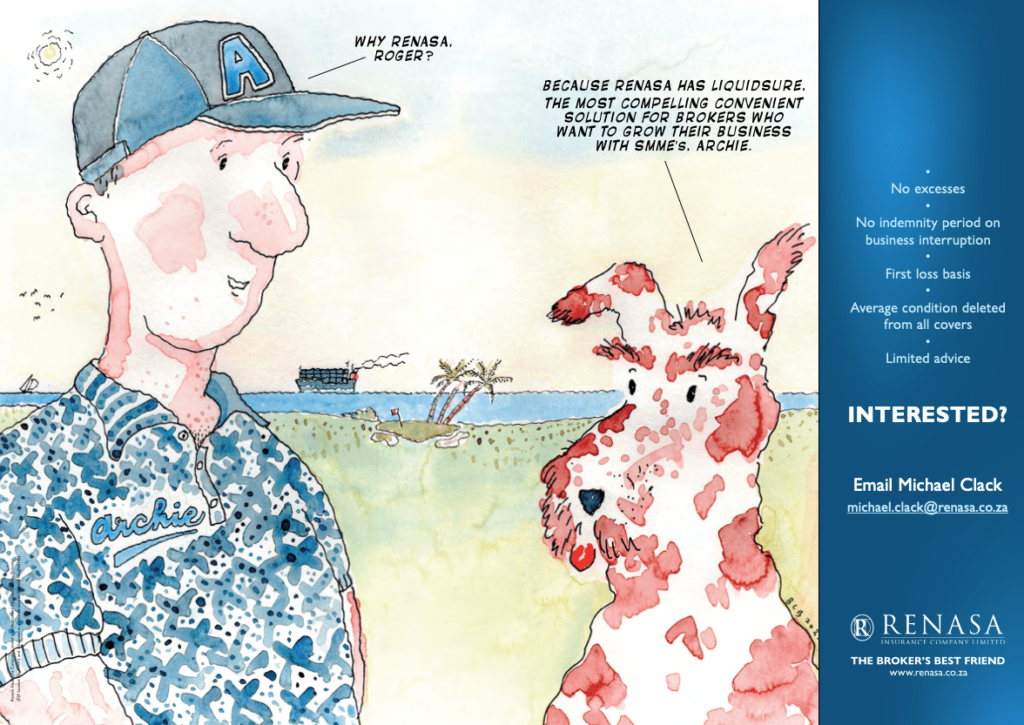South Africa’s insurance industry in 2020 had non-life premiums of approximately R120 billion, equating to about 2.5% of our GDP. We are by no means a small industry, yet insurance penetration in our country remains low. Specifically, when we look at the risk of major natural catastrophes in South Africa, we expect as little as 15% of the economic losses caused by such events to be covered by insurance, leaving almost 85% of the economic losses uninsured.
The natural catastrophe protection gap in South Africa hampers our country’s ability to absorb such events. The insurance industry needs to extend insurance coverage to a broader sector of our economy, especially for the events for which we need it most. It is our responsibility as an industry to be innovative and develop products outside of the traditional insurance product range in order to achieve this.
Including the use of parametric insurance products into the scope of our insurance industry offering is a critical consideration in making our country more resilient. Although extensively used in other jurisdictions around the world, parametric insurance is in its infancy in South Africa, and currently, parametrics are considered a non-insurance business under the regulatory regime of South Africa.
Parametric insurance is a type of insurance where the pay-out is triggered by the occurrence of an event, and where the measure of pay-out is calculated according to a pre-agreed approach. For example, an earthquake with a magnitude 7.0 on the Richter scale could trigger a pay-out of fifty percent of the policy’s sum insured, whereas an earthquake with a magnitude 8.0 on the Richter scale could trigger a pay-out of eighty percent of the policy’s sum insured. Different natural catastrophes require different corresponding triggers to determine the policy response.
The value of parametric insurance policies, specifically for a market like South Africa, lies in the fact that an independent trigger drives the pay-out to policyholders, mitigating the need for loss assessments. Therefore, products can be offered affordably due to low claims administration costs, and products can also be offered in remote areas, which makes insurance coverage accessible to more people. The policyholders typically also receive much quicker pay-outs than with traditional insurance contracts.
There are challenges associated with the use of parametric products, as there are with any insurance offering. The challenges specific to parametrics can be minimised, firstly, with good data. The increased use of technology in insurance continually improves the quality of data available to us. Secondly, ensuring that the trigger used in the product closely tracks the actual loss of policyholders will reduce the basis risk associated with a parametric product. Good communication and education around how the product works play a key role in the success of parametric products in any market.

